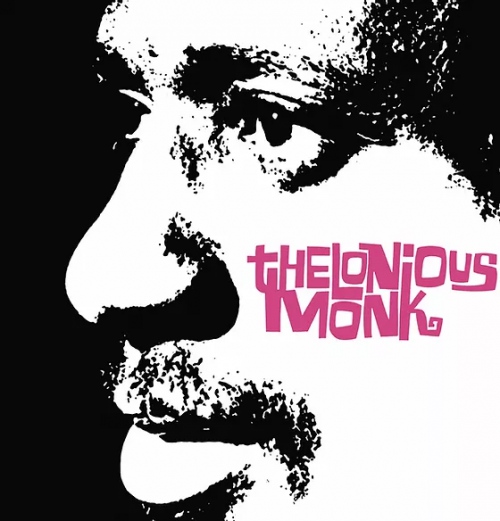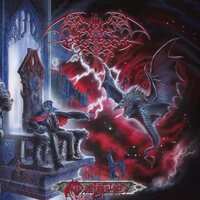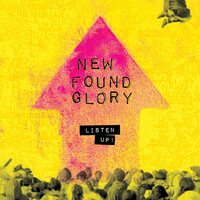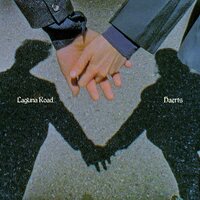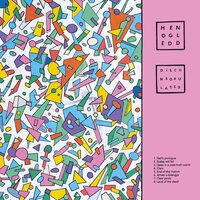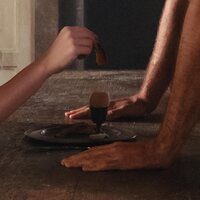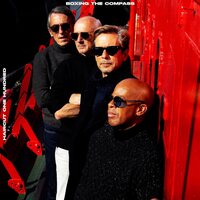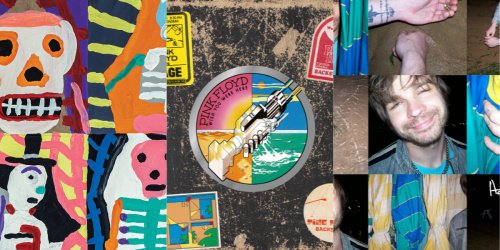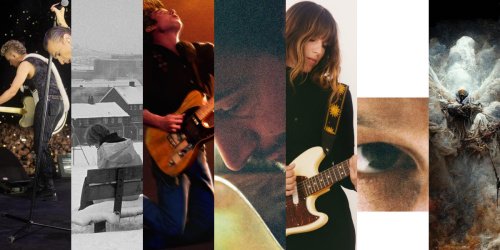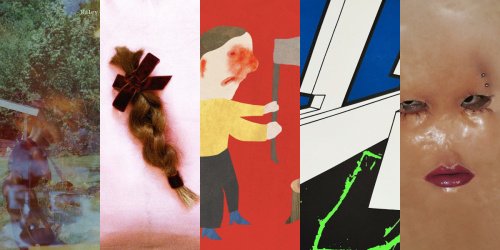Thelonious Monk (1917 - 1982) was an American jazz pianist and composer who needs little introduction. He had a unique improvisational style and made numerous contributions to the standard jazz repertoire... Monk is the second-most-recorded jazz composer (after Duke Ellington) and received prestigious awards for his career achievements (including a Grammy, a Pulitzer Prize and an induction into the Music Hall of Fame). Thelonious Monk is one of five jazz musicians to have been featured on the cover of Time magazine. Monk was highly regarded by his peers and by critics, but often his music was regarded as too 'difficult' for more mainstream acceptance. Thelonious Monk's compositions/improvisations feature dissonances with complicated melodic twists and are consistent with his unorthodox approach to the piano (which combined a highly percussive attack with abrupt, dramatic use of switched key releases, silences, and hesitations). Monk was known for a distinct look which included suits, hats, and sunglasses. He was also noted for an idiosyncratic habit during performances: while other musicians continued playing, Monk would stop, stand up, and dance for a few moments before returning to the piano. Thelonious started playing the piano at the age of six and was largely self-taught... at 17, he was playing the church organ, and in his late teens he began to find work playing jazz. In the early to mid-1940s, he was already a house pianist in several Manhattan nightclubs. In 1944 Thelonious Monk made his first studio recordings... and since then he recorded classic albums for labels such as Blue Note (1947-1952), Prestige (1952-1954), Riverside (1955-1961) and Columbia (1962-1968). By the mid-1970s Monk had disappeared from the scene and made only a small number of appearances during the final decade of his life. Thelonious Monk died of a stroke in 1982, leaving us with an unparalleled legacy. In 1963 Monk was at the top of his game. With his steady quartet of veteran collaborators, he had landed himself a new contract with Columbia and recorded 2 milestone albums for them (Monk's Dream and Criss-Cross). Soon after Thelonious Monk started touring in Europe to promote his freshly recorded material... and he brought his critically acclaimed line-up with him on tour: Charlie Rouse on saxophone, John Ore on double bass, and Frankie Dunlop on drums. On the album we are presenting you today (Palais Des Beaux-Arts 1963) you'll find unearthed Belgian concert-recordings from that era. The show consisted of 2 parts... both were recorded by the national Belgian broadcast company BRT/RTB who had the best recording-equipment on the market at the time. The set we unearthed here (the BRT recordings part) consists of tracks from said Columbia albums which have now become omnipresent Jazz standards. Monk took the stage in his unique style with a grey wool Papakha as his hat choice. At that point unseen for the attending crowd... The showman shuffled across the stage, waving his arms as if he was about to lift off. He would take the crowd on a ride they would never forget. It was the first time Thelonious Monk played the prestigious Palais des Beaux-Arts venue in Brussels to an enthusiastic crowd of Belgian Jazz fans. Full house! The quartet delivers their set with true tight mastership (mixed with Monk's trademark improvisational avant-garde flair) and leaving room for a jaw dropping minute long drum solo mid-set. All this... and as an encore, the famous Monk solo rendition of the classic song Just a Gigolo... make this a must-have for any self-respecting Jazz aficionado. This release is the product of a labor of love from a dedicated professional team of archivists and musical technicians who have spent the last 15 years carefully restoring and cleaning more than 80 years of Belgian audiovisual culture, bringing these audio-gems from their vaults in Brussels into the digital world and preserving them for future generations.
Release date:
March 12, 2021
Label:
Install our app to receive notifications when new upcoming releases are added.

Recommended equipment and accessories
-
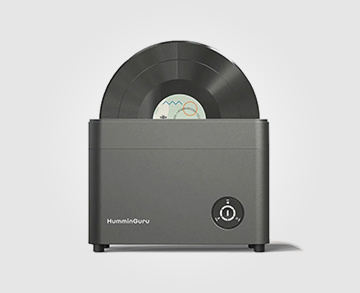
HumminGuru: Ultrasonic Vinyl Record Cleaner
Advanced ultrasonic technology with customizable cleaning cycles and a large tank capacity to thoroughly remove dust, dirt, and contaminants
-

Pro-Ject Debut Carbon EVO
Featuring a one-piece carbon fiber tonearm, precision-tuned motor, and a heavy steel platter with TPE damping, it ensures superior stability and sound quality.
-

Pro-Ject Phono Box DC Pre-Amp
Compact, high-performance phono preamplifier for both MM and MC cartridges, delivering a clean, detailed signal with minimal noise.
-
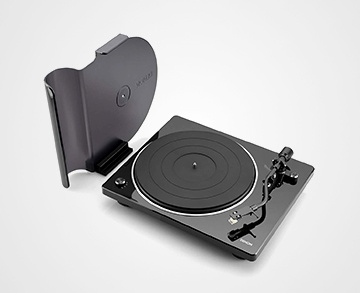
Denon DP-400
Featuring a high-precision, belt-driven mechanism and an adjustable tonearm that ensures optimal tracking and minimal resonance
-

Cartridges - Top Picks
A selection of turnatble cartridges that provide great performance and sound quality
Featured Upcoming Vinyl
-

Worm Necropalace [2xLP]
Century Media
February 13, 2026 -

Confessor Unraveled
Svart Records
January 23, 2026 -

New Found Glory Listen Up! (Amazon Exclusive)
Pure Noise Records
February 20, 2026 -

Louis Tomlinson How Did I Get Here? (Yellow & Orange, with Exclusive Poster)
Bmg
January 23, 2026 -

Haerts Laguna Road [50xLP]
Haerts
January 23, 2026 -

Vindicator Communal Decay
Nltm Records
January 9, 2026 -

Fu Manchu The Return Of…Live (Magenta)
At The Dojo Records
January 16, 2026 -

Hen Ogledd DISCOMBOBULATED
Domino Record Co
February 20, 2026 -

Kid Kapichi Fearless Nature (White)
Spinefarm
February 6, 2026 -

Karnivool In Verses [2xLP]
Century Media Int'l
February 13, 2026 -

Spencer Mackenzie Empty Chairs
Gypsy Soul Records
February 20, 2026 -

Charli xcx Wuthering Heights
Atlantic
February 13, 2026 -

Haircut 100 Boxing The Compass
Absolute Label Services
March 20, 2026 -

Slayer Hell Awaits [3xLP]
Metal Blade
May 15, 2026
